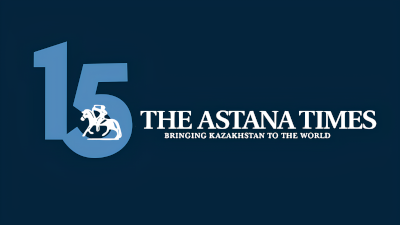ASTANA – The World Bank’s latest economic update on Kazakhstan, Funding the Future: Boosting Revenues for Lasting Investments, released on Jan. 30, presents a mixed outlook for the country’s economy, with a projected acceleration of growth from 4% in 2024 to 4.5-5% in 2025, driven by increased oil production and continued fiscal support.

Photo credit: Center for Global Development.
According to the report, growth is expected to decelerate after 2025, reflecting low productivity and declining investments.
The report also states that inflation gradually decreases but remains above the target. It is expected to fall to 7.5-8% by 2025 and 6% in 2026. Nonetheless, continued fiscal expansion and increased currency volatility may sustain inflationary pressures.
The report identifies key downside risks, including declining global oil demand, prolonged fiscal expansion; and the impacts of extreme weather events on critical infrastructure and business activity.
According to the study, Kazakhstan’s tax revenues lag significantly behind its peers, limiting the funding of essential public services and long-term growth opportunities. The special topic section of the report discusses revenue mobilization reforms.
The report outlines a comprehensive tax reform agenda to address fiscal challenges. Proposed reforms include transitioning to a progressive income tax system, phasing out inefficient tax incentives, VAT reforms, aligning excise taxes with environmental goals, and enhancing tax administration.
Kazakhstan’s current infrastructure gap demands increased infrastructure investment, which is essential to drive productivity and ensure uninterrupted and resilient public services. Therefore, it is critical to ramp up revenues to provide crucial funding for long-term sustainability.
The government’s three-year fiscal plan through 2027 outlines ambitious spending increases in social assistance, healthcare, agriculture, and SME support. While oil production is set to grow, oil-related revenues are expected to remain constrained amid forecasts of stable yet modest oil prices through 2027.
Non-oil revenues will likely benefit from improving administration efforts and ongoing digitalization efforts, but expenditure growth is projected to outpace revenue gains, widening the fiscal deficit to 3.1% in 2025 before easing slightly to 2.7% in 2026. The deficit will likely be covered by a mix of domestic borrowing, external loans, and additional withdrawals from the National Oil Fund. Public debt is projected to rise gradually from an estimated 22.2% of gross domestic product (GDP) in 2024 to 24% by 2027—still low by global standards and within manageable limits, according to the report.


